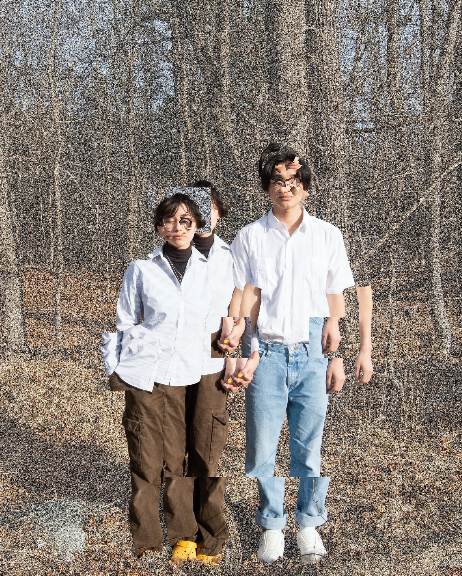A Conversation on A.I Art
In the past few months, it has been nearly impossible to escape the A.I. conversation. Almost every American industry has had conversations on what their futures hold with the growing strength of online predictive algorithms like Open AI’s ChatGPT and Google’s Bard. One such group that has had especially fascinating conversations is that of the Art and Graphic Design communities. Now that there is A.I. that can generate images based on user-based text commands, many artists have fears of losing job opportunities when faced with a wave of dishonest artists passing A.I. art as their own, and much more. These fears worsened when Marvel Studios controversially had an A.I generate the opening title sequence in the show Secret Invasion, likely extinguishing many artist job opportunities. Furthermore, for the last couple of months the infamous WGA and SAG-AFTRA strike has had many actors and writers on picket lines, protesting against studios to ensure that their likenesses and jobs aren’t replaced with A.I. used by greedy executives looking to save money. Curious as to what the next generation of talented artists thought of all this, I asked Wheaton College artists what they thought of the growing change.
Ava Katz, a design major in the class of 2027, has been a committed artist her whole life, specializing in drawing and painting since her sophomore year of highschool. With her father being an art professor, she joked that art was “in her genes.” When talking about A.I. art, she was very straight forward with her opinions on its ethical use. “I don’t think it’s morally responsible to call it [A.I. art] your own,” she explained. Despite the fact that the user is the one that gives the A.I. a prompt to generate, she continued “you’re not the one drawing it, you’re not the one picking the colors.” When asked if she thought A.I could coexist with traditional art, she discussed how art has been turning digital for a long time. She pointed at art drawn on digital tablets and computers that’s undeniably deserving of full credit from the artist themselves and shouldn’t lose creativity points due simply to its digital creation. However in the realm of art created entirely by A.I., it should always be prefaced that a particular piece was generated by A.I. No art should be made by A.I. and passed off as belonging to any artist. As long as this sense of credibility is met, Ava sees artist coexistence with A.I. as a real possibility.
Another artist, Wheaton senior Matthew Lambert, has also been making art for as long as he can remember. He’s a visual arts major who has taken over 10 art classes here of all different mediums. His work centers around identity, adoption, displacement, and the definition of home. He shared the same concerns many artists feel that there will be lost job opportunities. “It gives companies and businesses the ability to create images through A.I instead of hiring or working with an artist,” Matt expressed. He said that use of A.I. for art can be an interesting tool for getting slight inspiration on what to create next, but that using A.I. as the only contributing factor of your work “isn’t too interesting.” Matt however said he wasn’t too sure how exactly A.I. art should be addressed in the future. He believes that as long as A.I. art is not literally reproducing the exact images of someone else’s art, there isn’t much wrong with its existence. I asked Matt the same final question as Ava, whether traditionally drawn art and A.I. generated art could coexist. “I believe it can,” he stated, “A.I. has a function to create images people are looking for to complete a goal.” He continued, “Art and the stories told by it change people, cities, and the whole world. Artists and art can connect to people in ways and show concepts that A.I. has no hope of achieving for a long time at least.” Matt firmly believes that while A.I. art may help corporations create shallow, uncanny pieces that are meant to advertise, true visual art has such raw emotional power that A.I. cannot achieve. “They [A.I. art and traditional art] are just too different to affect each other in a negative way too much,” Matt Lambert finished.
Wheaton artists are an amazing talent that have great influence on campus. That much is clear when one takes a very short walk on the premises and see’s the vast array of student made pieces that illuminate the vibrant creativity present within the community. As the world grapples with the increasing influence of artificial intelligence, emerging artists at Wheaton and beyond are forced to adapt to this evolving new landscape. With a combination of fear and hope, young artists are ready to grapple with this growing technology and seem confident that their creativity, and most importantly the authentic humanity of their work, will shine brighter than anything a computer could produce.
